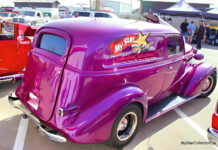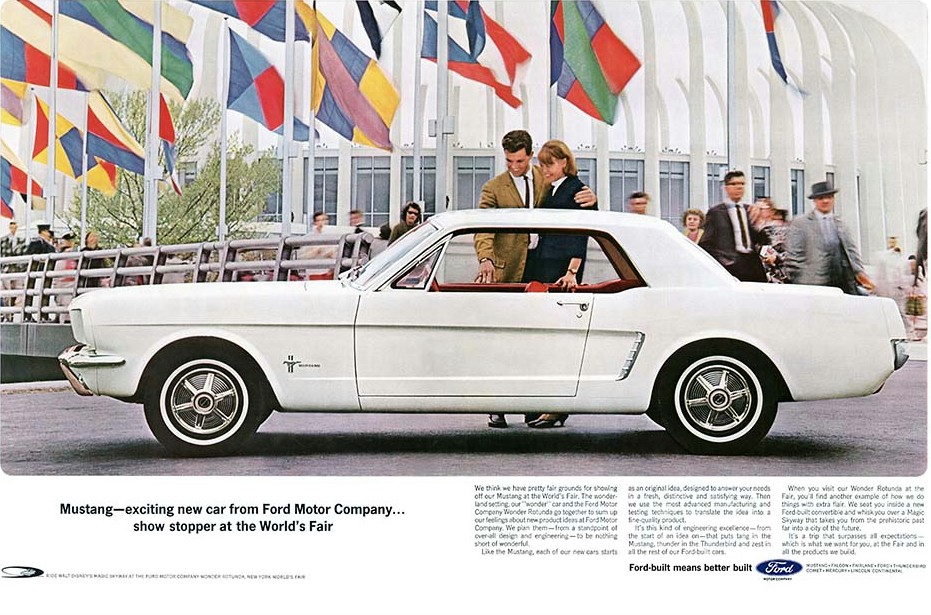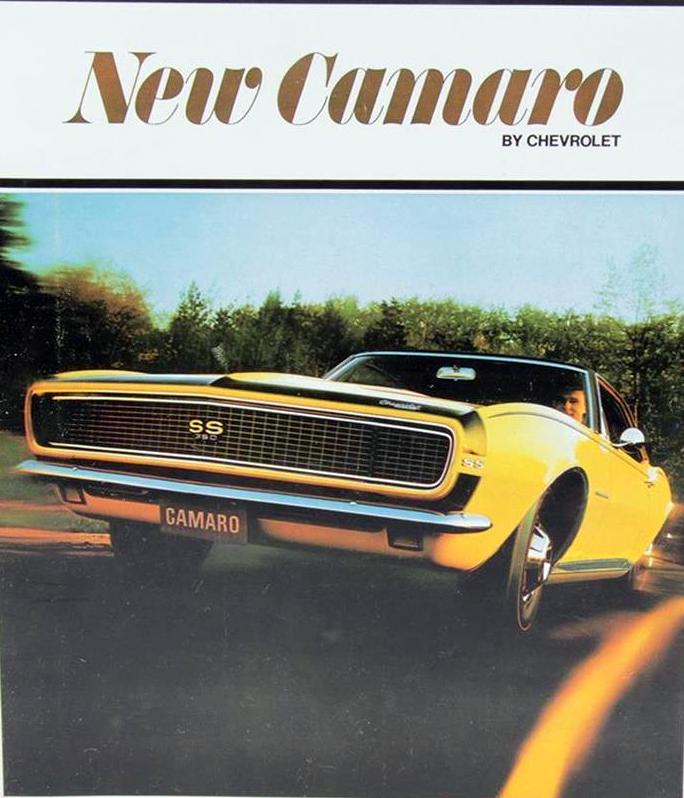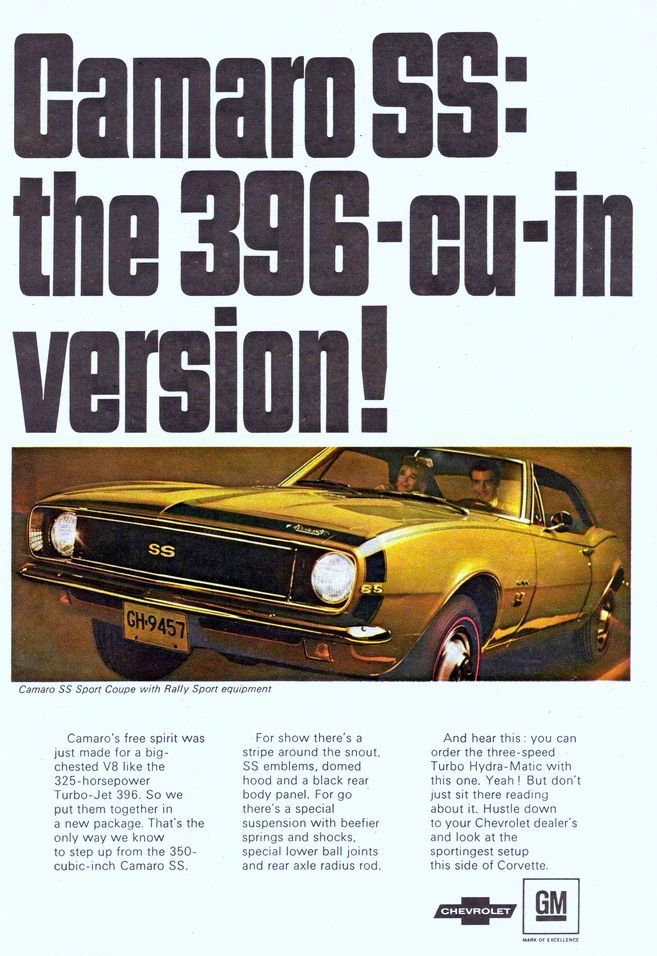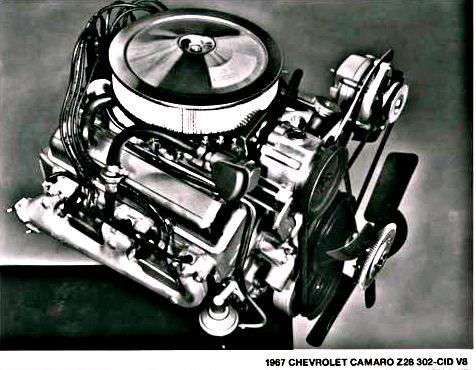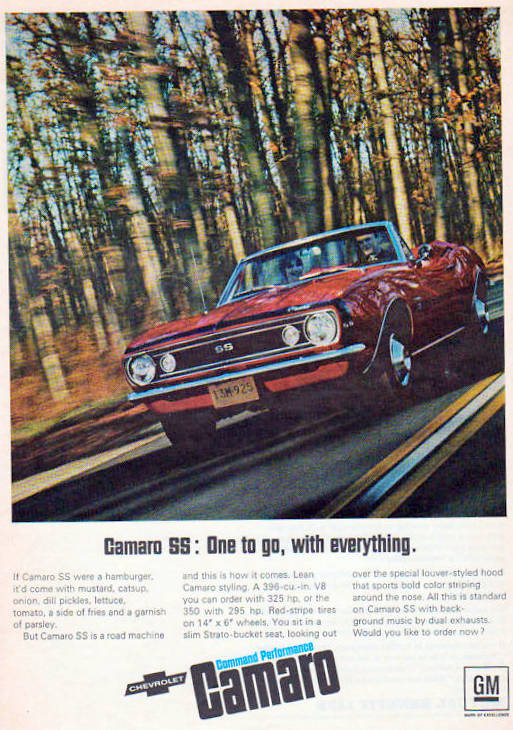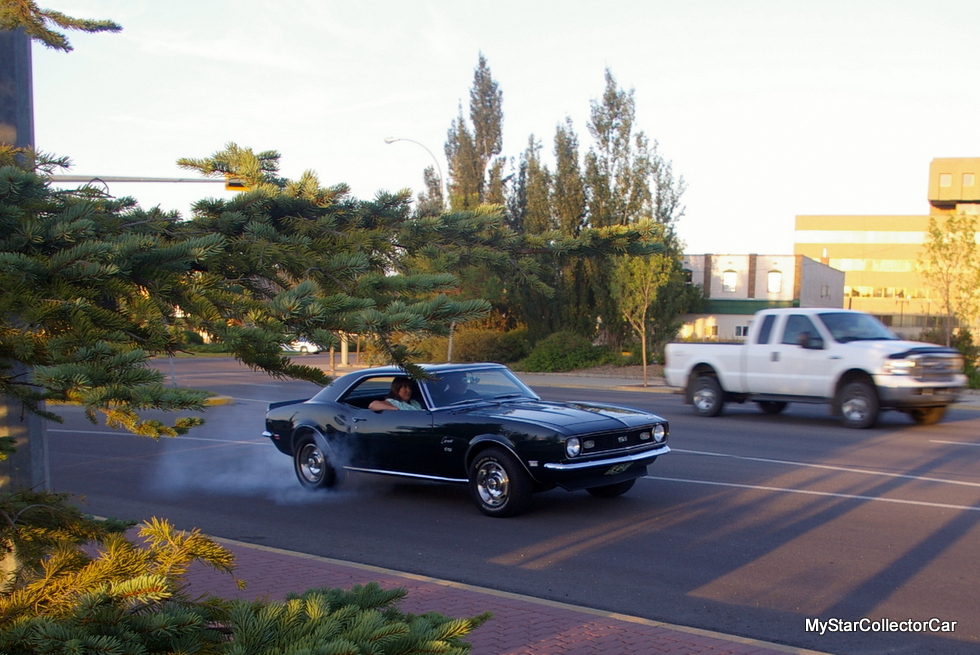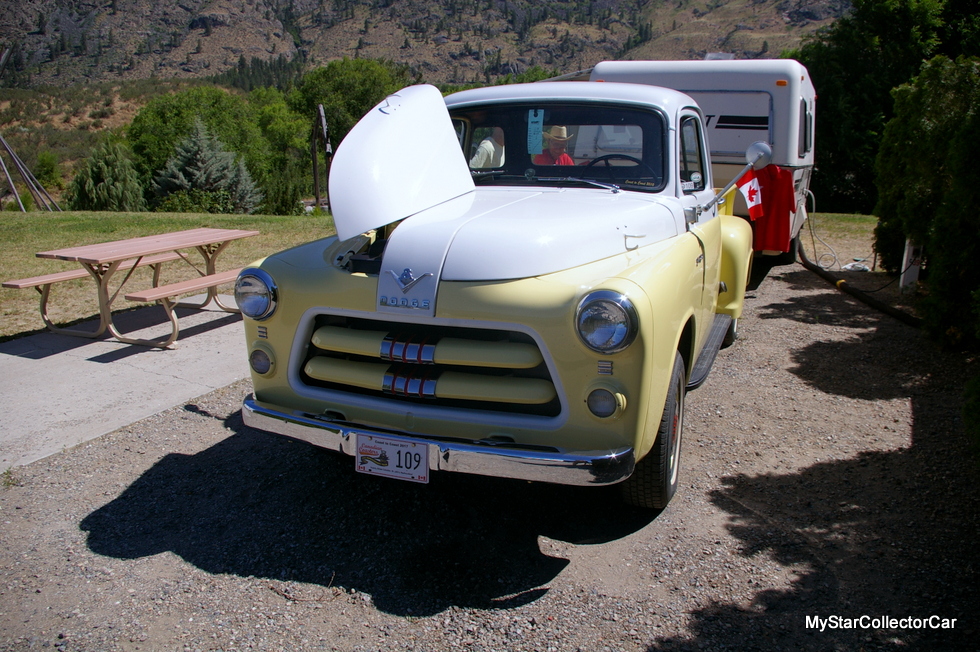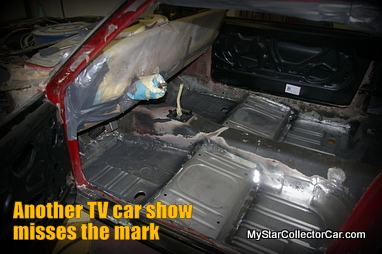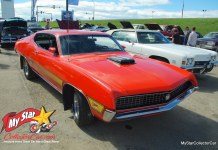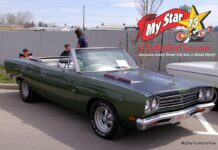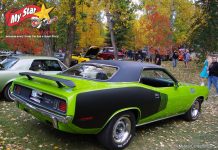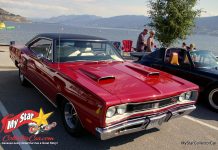The pony car wars were a large part of the legendary 1960s automotive scene.
The Ford Mustang cemented the “pony car” term when it debuted in 1964 (and a half), even though the 1964 Barracuda preceded the Mustang by a few months that year.
The Ford Mustang was a home run for the Blue Oval boys and continues to be success in 2019; almost 55 years after the first model galloped onto the scene.
General Motors was well aware of the Mustang’s impact in the North American automotive world and began their plans for their own pony car weapon to battle the other two members of the Big Three — particularly the hot-selling Ford Mustang.
The General needed to bring a weapon of mass destruction to the game and GM found one when they introduced the 1967 Camaro to new car buyers in October, 1966. The Camaro was a stylish two-door sports coupe that caught a huge wave of publicity and buyers when it hit the GM dealerships.
In fact, General Motors sold about 221,000 Camaros to its eager customers in 1967.
The sleek lines of the ’67 Camaro were an instant hit with car guys who loved its sporty looks and vast array of options that included hideaway headlights coupled with a long list of performance packages designed to put its rivals squarely in the rear view mirror.
A 1967 Camaro could house everything from a mild 230-cubic- inch 6-cylinder that put out a humble 140 horsepower to a wild 396 big block weapon armed with 375 horsepower. The small block versions were well represented by the 302 Z-28 engines that produced 290 horsepower for the ’67 Camaro and pushed the race versions to the front of the pack in Trans Am racing events.
Trans Am race rules limited engines to a 305 cubic inch limit so a high performance 302 Z-28 engine in a first generation Camaro fit the bill to a tee. The Z-28 performance option became a specific fender badge in subsequent Camaro model years during the first generation production run, but the original Z-28 power train package was only found on the Camaro’s build sheet in 1967.
The nimble, sporty style of the first generation Camaros made the cars a timeless classic in the car hobby. They were smaller and lighter weight counterparts to their stablemates (like the Chevelle and Impala models), so the first-gen Camaros were specifically designed to corral the Mustang.
Outsiders may conclude the 1967-69 Camaros are indistinguishable in a clone sense, but they would be wrong about the famous GM pony car. For example, the 1967 Camaro had round park lights, the ’68 Camaro had rectangular park lights in the grille, and the ’69 Camaro did not have lights in the grille at all — the lights were in the lower front valance on the cars.
The 1967 Camaros had vent windows and no side marker lights, while the ’68 and ’69 versions had no vent windows and side marker lights. Speaking of lights, the 1967 and ’68 models had two tail lights compared to three tail lights on the 1969 Camaro.
The final difference can be found in the 1969 Camaro body lines because they have wider wheel arches and gills in front of the rear wheels. The overall effect is a tougher appearance for this famous car. It was a good look that suited the 1969 Camaro because this youngest member of the legendary first generation Camaro family was able to hold its own during the muscle car wars of the late Sixties.
The first generation Camaros are still a runaway hit in the car hobby, but a special place exists for the 1969 editions because many car guys are convinced GM got it just right in a Goldilocks sense with this car.
BY: Jim Sutherland
Jim Sutherland is a veteran automotive writer whose work has been published by many major print and online publications. The list includes Calgary Herald, The Truth About Cars, Red Deer Advocate, RPM Magazine, Edmonton Journal, Montreal Gazette, Windsor Star, Vancouver Province, and Post Media Wheels Section.
- CLICK HERE to Like us on Facebook
- CLICK HERE to Follow us on Twitter
- CLICK HERE to Follow us on Pinterest








